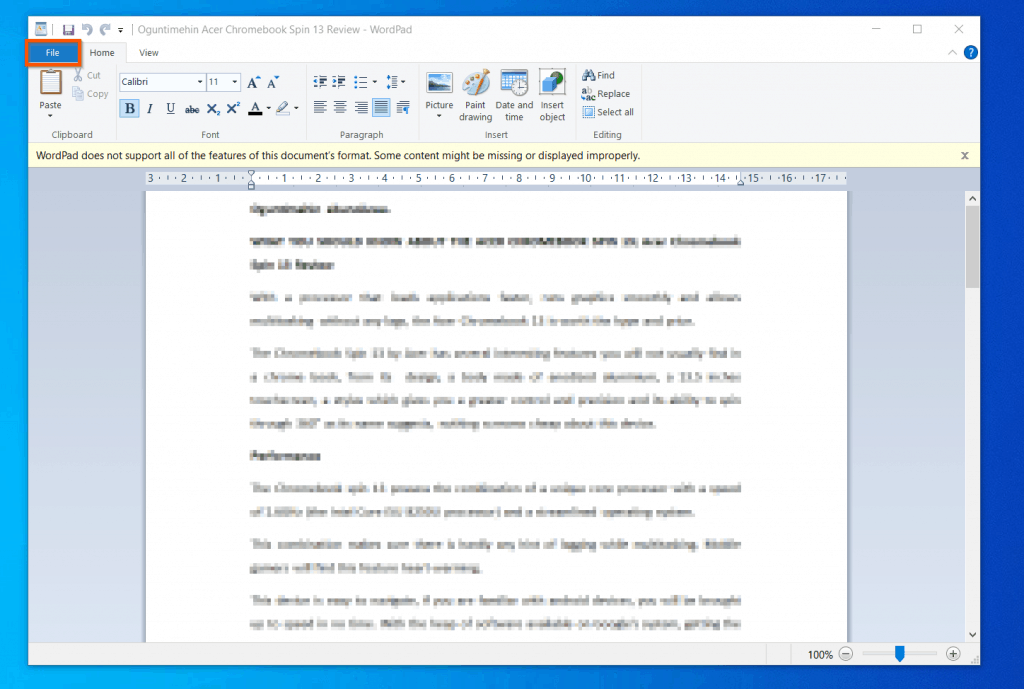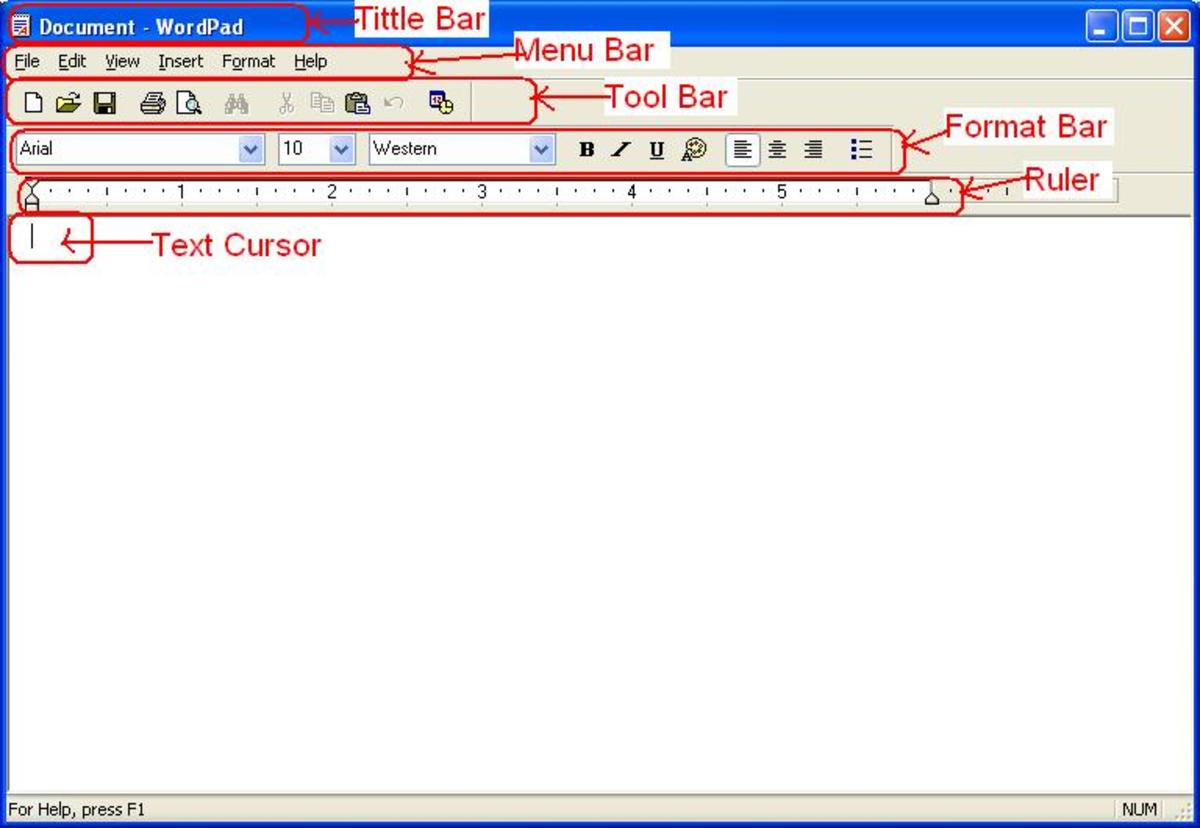
#How to add font to word pad windows 10 keygen

The lowercase k and a are horrifying, like broken pretzels. Seaford is an interesting one, but it’s trying too hard with these angular loops and terminals.

Best e of the bunch, but something’s wrong with the g, maybe. The variable thickness and attenuated tails make for an interesting look in large type, but small it just looks awkward. Specifically to Monaco, the font we all remember from early versions of MacOS (like System 7). Skeena, apart from sounding like a kind of monster you fight in an RPG, feels like a throwback. Also, no, we didn’t mess with the kerning or add extra spaces to the end in “This is Tenorite.” That’s how it came out. Look at how Bierstadt makes the narrow and wide letters comparable in width, while in Tenorite they’re super uneven, yet both are near the same total length. Geometric sans serifs (look at the big fat “dog,” all circles) look great at medium size but small they tend to make for weird, wide spacing. Tenorite is my backup pick, because it’s nice but less practical for a default font. Congratulations, designer Steve Matteson. It’s practical, clear and doesn’t give you a reason to pick a different font. The t ends without curling up, and there’s no distracting tail on the a, among other things - sadly the most common letter, lowercase e, is ugly, like a chipped theta. Second, it doesn’t try anything cute with its terminals. First because it has a differentiated lowercase l, which I think is important. At low resolutions like we had in 2007 this didn’t really come across, but now it’s more obvious and actually a little weird, making it look a bit like magnetic fridge letters.īierstadt is my pick and what I think Microsoft will pick.

It gets its friendly appearance from the tips of the letters, which are buffed off like they were afraid kids might run into them. Starting from the top:Ĭalibri, here for reference, is an inoffensive, rather narrow font. So we (and by we I mean Darrell) made our own little specimen to judge by: Unfortunately Microsoft’s only options for seeing the text, apart from writing it out in your own 365 apps, are the tweet (doesn’t have all the letters) or some colorful but not informative graphic presentations. Replacing Calibri with another friendly-looking universal sans serif font will be a considerably less dramatic change than 2007’s, but that doesn’t mean we can’t have opinions on it. But from now on making a new document in an Office product would default to using one of these, and the others will be there as options.

The font used by Microsoft in Windows and other official brand things is Segoe UI, and there are a few other defaults mixed in there as well. To be clear, this is about defaults for user-created stuff, like Word files. Ultimately it proved to be a good decision, and anyway TNR is still usually the default for serif-specified text. Of course the switch from Times New Roman back in 2007 was controversial - going from a serif default to a sans serif default ruffled a lot of feathers. A default font should be something you don’t notice and don’t feel the need to change unless you want something specific. You probably don’t think much about Calibri, if you think about fonts at all, but that’s a good thing in this context. Microsoft’s default font for all its Office products (and built-in apps like WordPad) is on its way out and the company now needs your help picking a new one.


 0 kommentar(er)
0 kommentar(er)
